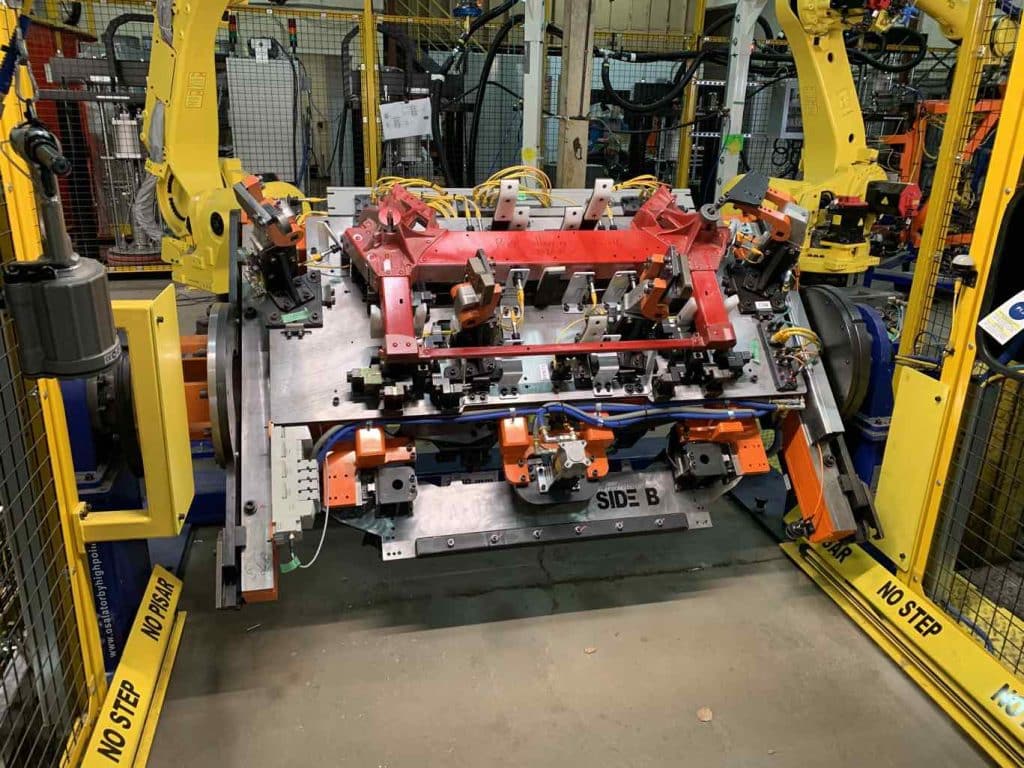Automated Robot Welding 101
Many factors play into the decision to automate certain welding tasks, and scarcity of manual welders is one of them. According to welding workforce data provided by the American Welding Society, on average, 84,000 welding jobs are expected to be filled annually between 2022–2025. However, more than 150,000 welders are approaching retirement. Automated welding robots are not a direct replacement for experienced welders; you don’t simply replace a person with a robot. However, there are certain welding tasks that can be done extremely efficiently through automated robotic welding.
Strategic automation allows you to conserve scare human resources for custom jobs and creative problem solving. It’s also possible to implement collaborative solutions where a welder uses a robot as an extra set of hands. For example, Fanuc offers collaborative arc welding robots such as the CRX. While collaborative robots have safety features incorporated that accommodate safe operation in proximity to a human, it’s essential to carefully design the overall robotic welding cell to ensure safety.
Determining when it makes sense to use automated robotic welding
As with any automation project, it’s essential to consider multiple factors to determine when a robotic solution makes sense.
Requirements. A wide range of robot arms can be used to wield a welding tool.Standard robotic solution requirements such as reach, payload, and footprint will help narrow down options to determine if a robotic solution will work and which suppliers can meet the specifications.
Volume plays a big role in return on investment. Medium-high volume, low-medium mix processes are often good contenders for automated solutions.
Repeatability. When the same weld needs to be done on the same parts exactly the same way, robotic solutions can be ideal. A programmed robot can deliver an extremely high degree of repeatability and compliance with Weld Procedure Specifications. The correct parameters can be programmed into the robot to ensure that they’re done consistently.
Parts presentation. To take advantage of the efficiency potential of a robotic solution, the parts that the robot needs to pick up and put down should be able to be presented in a programmable fashion such as rows. It is possible to pick up disorganized parts, but generally presentation trays or other orderly means of working with the robot should be found.
Benefits of robotic welding
In addition to filling a resource gap, there are many benefits of automating welding with robotic solutions.
Accuracy. For welds that require a high degree of accuracy and precision, robotic solutions can be extremely advantageous. When welding tasks necessitate accuracy, lower volumes can often be handled with better efficiency and lower rework with robotic solutions.
Repeatability. Robotic solutions excel at repeatability. The more repeatability involved in a process, the higher likelihood that a robotic solution will quickly show its worth.
Safety. Dull, dirty and dangerous jobs are often best left to robots. If a weld must be done in an atmosphere that’s potentially hazardous to humans, a robot can be the best solution even for low volume production.
Quality. Once a robotic solution has been designed, implemented and successfully tested, the quality of work will remain consistently high. Any factors that could cause a quality issue can be automatically monitored and flagged so that downtime and rework are minimized. To learn more about the benefits and feasibility of robotic welding solutions, contact



